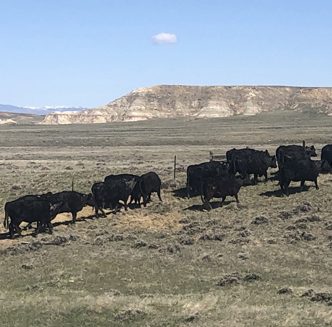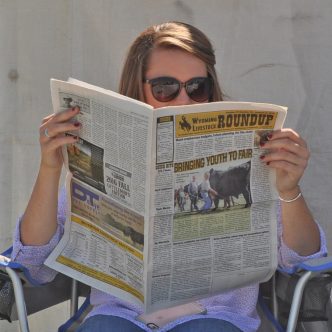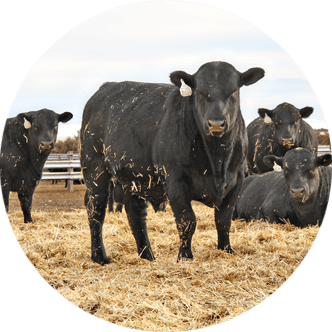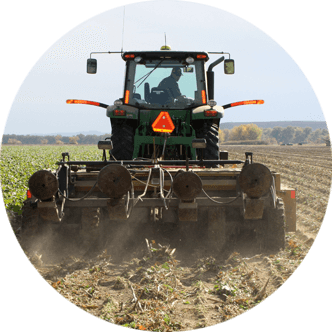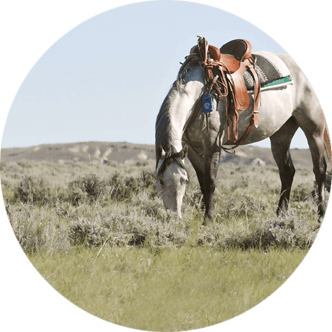Winter Tree and Shrub Pruning: Maintenance for Green Infrastructure
When thinking of winter chores, the tasks of scooping snow, keeping animals fed and breaking ice on water tanks come to mind.
But, there is another less obvious task which should be completed in late winter months – pruning trees and shrubs.
Why prune?
Pruning is essential maintenance for trees and shrubs to set them up for long, healthy lives while also minimizing personal and property risk. Woody plants are part of the green infrastructure of a property.
Established trees and shrubs offer protection from both summer sun and winter wind.
They increase energy savings when shading residences, and according to the Arbor Day Foundation, mature trees can increase the value of a residential property.
Pruning can also help create defensible spaces around homes and outbuildings to reduce impacts during wildfires.
When to prune
Pruning during late winter months is ideal. By this time, deciduous trees and shrubs are completely dormant, and they are not actively moving water and nutrients between roots and the leaf canopy, as they are during spring, summer and fall months.
Pruning during the winter is recommended because disease vectors are less abundant at this time of year. Insects which transfer fungal spores and bacterial diseases are not as active as they are during warmer months.
A pruning cut is an open wound susceptible to infection, and the tree or shrub’s only mechanism to heal is to seal it off over time. During the winter, it is much less likely disease will be introduced to a fresh pruning cut.
Another advantage to pruning in February and March is the branching structure is clearly visible on deciduous species. This makes it easier to identify problem spots which should be addressed.
Problems in evergreen species can be more difficult note, but for the disease concerns listed above, winter is still an ideal time to prune.
Pruning while a tree is young and relatively small will reduce the need for more complex management of the tree once mature.
How to prune
Pruning cuts should be made at the base of each branch just outside the point of attachment. This is technically referred to as the trunk collar, a swollen structure marking the transition from main trunk to branch. Figure one illustrates this anatomy.
Branches of less than one-half of an inch in diameter can be pruned with hand pruners. Branches up to an inch and a half can be pruned with bypass loppers. Branches of a diameter larger than this should be cut with a saw.
If disease is suspected, tools should be sanitized with rubbing alcohol between cuts.
Larger branches should be removed using the three-cut technique to reduce the risk of stripping bark off of the trunk.
First, an undercut is made partway through the branch. Second, an over cut is made farther out on the branch from the undercut. This cut is made to remove the majority of the branch, and any bark tearing will stop at the undercut. Third, the stub is removed at the trunk collar. Figure one demonstrates the proper placing of these pruning cuts.
Post-pruning sealers or treatments are no longer recommended. The tree or shrub will undertake its own natural process to seal off the area of pruning-induced injury.
Pruning branches out of mature trees involves risk and can be very dangerous. This kind of work is best left to the professionals. Contact a certified arborist for assistance.
What to prune
Pruning is for maintenance and not recreation. Every single cut induces injury and should be purposeful and justified. There is a lot more to the task than aesthetics alone.
The first issues to clear out are dead and broken branches. Dead wood can actually be cut out at any time of the year with no risk of introducing disease. Look for branches sloughing their bark or have turned a gray/black color as an indicator of dead tissue.
No matter the time of year, broken branches should be removed with a clean cut – this reduces the surface area of the injury and the likelihood disease can enter.
Next on the list to prune are any structural faults. Branches crossing or rubbing against each other open up a site where disease and rot can occur. Closely evaluate crossing branches and remove the less desirable of the two at its collar.
Young trees often have multiple branches competing to become the strong, central trunk called a leader. Correct structure for most species of shade trees in Wyoming is a single central leader. Multiple leaders can lead to trunk splitting from wind shear or snow loads as the tree matures which is not good.
Identify the most central and most upright vertically growing branch to be the leader. Other branches which appear to be competing leaders should be “tipped back” by reducing the height by four to six inches on a young tree. Make this cut at an outward-facing node to encourage lateral growth.
Beyond structural issues, pruning should also be conducted to maintain visibility around corners and at intersections. Ensuring sufficient clearance for people and vehicles around sidewalks, driveways and lanes should be a priority. Trees and shrubs should not touch houses or outbuildings.
Note early spring-blooming shrubs like lilacs set their flowers in the year prior to bloom. Pruning these species during the winter can reduce the bloom display the next spring. They are best pruned in the two weeks immediately following the last blooms fading.
Tree resources
University of Wyoming Extension maintains a list of tree care resources which can be viewed online at bit.ly/UWE-tree.
The Wyoming State Forestry Tree Owner’s Manual is an excellent guide to all things tree care. View it online at bit.ly/tree-owners-manual or pick up a hard copy from any State Forestry District Office. The pruning section begins on page 18.
The International Society of Arboriculture (ISA) is the gold standard body of tree care professionals and also curates many useful resources. Ask an arborist if they are ISA-certified.
Micah Most is the agriculture and natural resources educator with University of Wyoming Extension serving Johnson County and north-central Wyoming. He can be reached at mmost@uwyo.edu or 307-684-7522.

